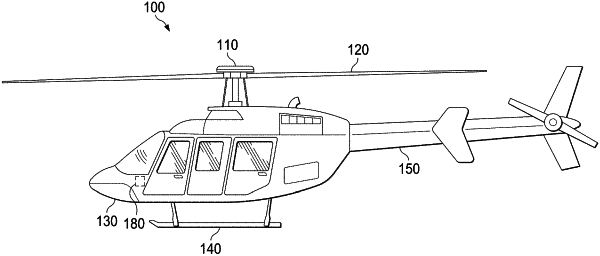| CPC B64C 13/506 (2018.01) [B64C 13/503 (2013.01); B64C 13/505 (2018.01); B64C 27/006 (2013.01); B64D 45/00 (2013.01); B64D 2045/0085 (2013.01)] | 18 Claims |

|
1. A method of managing force equalization (FEQ) on a vehicle utilizing redundant actuation systems for one or more control surfaces, the method comprising, by a computer system for the vehicle:
determining, via a force sensor, a measured force applied by a first actuation system in relation to a control surface, wherein the control surface is redundantly serviced by a plurality of actuation systems comprising the first actuation system;
updating a measured-force time series for the first actuation system with the measured force;
analyzing movement over at least a portion of the measured-force time series responsive to the updating;
responsive to the analyzing, identifying a force-fight cycle in the measured-force time series, wherein the force-fight cycle comprises a detected instance of the measured-force time series being in opposition to measured-force data of each other actuation system of the plurality of actuation systems followed by a relaxation of the opposition;
indicating the force-fight cycle in cumulative force-fight cycle data for the first actuation system; and
executing FEQ failure logic responsive to the cumulative force-fight cycle data for the first actuation system satisfying force-fight cycle failure criteria.
|